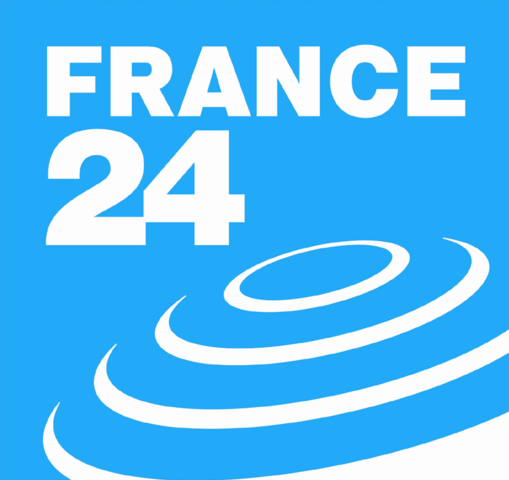Issued on: Modified:
The head of the Federal Reserve on Wednesday dashed lingering hopes for a fast rebound from the coronavirus pandemic, saying the U.S. economy could feel the weight of consumer fear and social distancing for a year or more in a prolonged climb from a deepening hole.
Advertising
Read more
After a two-day policy meeting in which the U.S. central bank kept interest rates near zero and promised to expand emergency programs as needed to help the battered economy, Fed Chair Jerome Powell offered no sanguine words about how fast the country might return – if ever – to the near-record low unemployment and solid growth of just a few weeks ago.
A first phase of a recovery may actually happen soon, Powell told journalists in a videoconference after the end of the policy meeting, as some U.S. states allow stores and even restaurants to reopen under tightened rules meant to sustain progress in curbing a pandemic that has killed more than 60,000 people in the country.
But even if that takes hold by late summer, "that's the period as well that creates the risks of new outbreaks of the virus," Powell said, a scenario that health officials and economic analysts say could leave the economy in a recurring cycle of tentative reopenings followed by reimposed restrictions to fight new outbreaks.
As the easing of social distancing rules proceeds, "people will come out of their homes, start to spend again, we will see unemployment go down, we will see economic activity pick up," Powell said. "That could be a large increase … It is unlikely it will bring us quickly back to pre-crisis levels."
"Trying to be really precise about when that might happen and what the numbers might look like – it is very tough to do that."
In its policy statement on Wednesday, the Fed left its benchmark overnight lending rate in a target range of 0% to 0.25% and repeated a vow to use its "full range of tools" to shore up the economy amid what it now says are "considerable risks" over the medium term, perhaps a year or more.
"We are doing all we can" to help American households and businesses weather the public health emergency, Powell told journalists after the end of the policy meeting, which was also held via videoconference.
"We will continue to use our tools to ensure that the recovery, when it comes, will be as robust as possible," Powell said, specifically noting the Fed's willingness to set up even more, and riskier, lending programs than it already has if the U.S. Treasury agrees.
The U.S. central bank has already slashed interest rates to zero, and it reiterated on Wednesday they will stay there until the economy is clearly back on track. It has also rolled out around $2 trillion in lending commitments, and Powell said it was ready to do more as needed.
In the meantime, new programs to buy corporate bonds and lend to mid-sized companies are in the end stages of development and will be ready "soon," Powell said.
'Full range of tools'
In a matter of weeks the U.S. economy has gone from historically low unemployment to seeing more than 26 million people file for unemployment benefits and the sharpest plunge in activity since the 2007-2009 Great Recession, as authorities across the country shut down large swaths of industry and commerce to slow the spread of the novel coronavirus.
Gross domestic product declined at a 4.8% annualized rate in the first quarter, ending the longest expansion in U.S. history, the Commerce Department reported earlier on Wednesday.
Powell said he expects an "unprecedented" drop in second-quarter GDP and for there to be significant increases in unemployment. It also will "take some time" for consumers to start spending again once the economy begins to reopen, he said.
In its policy statement the rate-setting Federal Open Market Committee sketched the extent of the pandemic's effect so far, noting that "weaker demand and significantly lower oil prices are holding down consumer price inflation" and that "disruptions to econoRead More – Source
[contf] [contfnew] 
france24
[contfnewc] [contfnewc]






